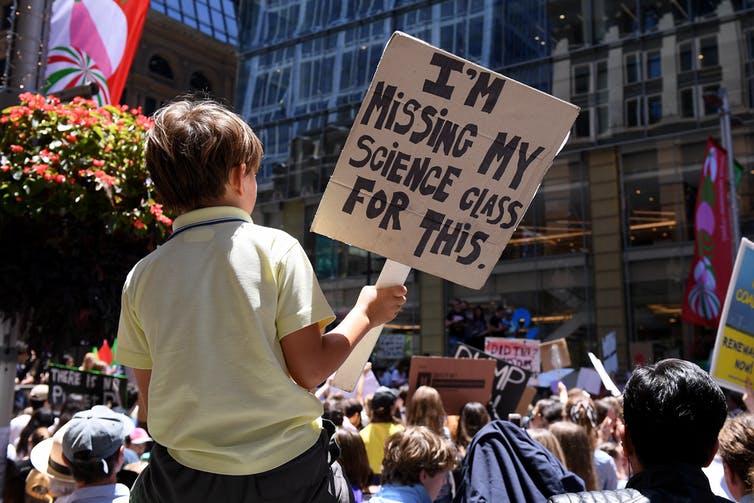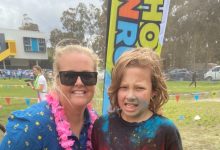For teens, getting access to speech pathology services depends on where you live

Tens of thousands of Australian teenagers live with a communication disability, meaning they struggle with speaking, listening, reading, writing, and/or social skills.
Communication disability can include
- stuttering
- developmental language disorder and
- other speech problems.
It can start in early childhood and much of Australia’s speech pathology services are geared toward early intervention.
But communication disability can also be acquired later in life — or can start early but persist into adolescence.
Demand for speech pathology services across Australia is consistently strong but whether or not a teen gets access to speech pathology services may depend largely on where they live.
Some states better than others
Our research, published this week in the International Journal of Speech Language Pathology, highlights how unequally speech pathology services are provided in Australian public schools.
Some states have government-mandated provision, where the education department employs speech pathologists to work in schools or offer some other kind of school-based support.
We surveyed 96 speech pathologists who work with 12-16 year olds.
About 45% of the respondents were from states with government-mandated provision of services (Queensland, South Australia, Tasmania, and Victoria).
The remaining 55% were from states and territories with zero or minimal government-mandated provision (the Australian Capital Territory, New South Wales, and Western Australia). Minimal means government-mandated speech pathology services are usually only provided for the youngest school students.
Northern Territory has minimal government-mandated provision of speech pathology services in public schools. However, no speech pathologists practising in the Northern Territory completed our survey.

We found states with government-mandated speech pathology services (Queensland, South Australia, Tasmania, and Victoria) offer more intervention support for high school students with communication disability than states and territories with zero or minimal government-mandated provision (Australian Capital Territory, New South Wales, and Western Australia).
In states where speech pathology services are not government-mandated, families of teens with communication disability must either seek out expensive private services, sometimes far from home — or miss out altogether.
In states where speech pathology services are government-mandated (Queensland, South Australia, Tasmania, and Victoria), about 49% of speech pathologists were employed in government service roles. In the Australian Capital Territory, New South Wales, and Western Australia, the figure was 15%.
States without government-mandated provision of speech pathology services had a greater proportion of speech pathologists employed in private practice (67% in Australian Capital Territory, New South Wales, and Western Australia compared to 30% in Queensland, South Australia, Tasmania, and Victoria).
Working collaboratively with school leaders
Communication disability can affect literacy and other educational outcomes, mental health and future employment.
Young people with communication disability should have the right to inclusive education in mainstream classrooms. In many places, speech pathologists work closely with school teachers and principals, and help students either in small groups, one-on-one or sometimes working with the whole class.
Our research highlights that whether or not you can access such help may boil down to what state you’re in.
Younger children and speech pathology
In 2018, the Australian Early Development Census (AEDC), which collects nationwide data on all children in their first year of formal schooling, found 45,708 Australian children were at risk or vulnerable to challenges in speaking and listening.
Our study builds on previous research showing speech pathology services are not provided equally across Australia for children at the start of school. That’s particularly true for children who live in regional or remote areas, or who are developmentally vulnerable (a group in which children from lower socioeconomic and languages other than English backgrounds are over-represented).
Our research shows this unequal access to speech pathology across Australia continues into adolescence.

Listening to, and asking, young people about their experiences with communication disability is also crucial. There are many practical ways to consult students about reasonable adjustments that can be made in the classroom to make learning easier. These can include changing the pace or volume of information delivered.
The bottom line is access to speech pathology services for 12-16 year olds in public schools is inconsistent across Australian states and territories. Whether or not you’re able to access this kind of help shouldn’t depend on where you live.







